Research
Aero-Optics
Airborne aero-optical effects are caused by the spatial variations of the density field in the vicinity of the aircraft, as index of refraction is dependent on local density. These local variations in the index of refraction cause distortions, or aberrations, of light propagating through the density-varying medium.
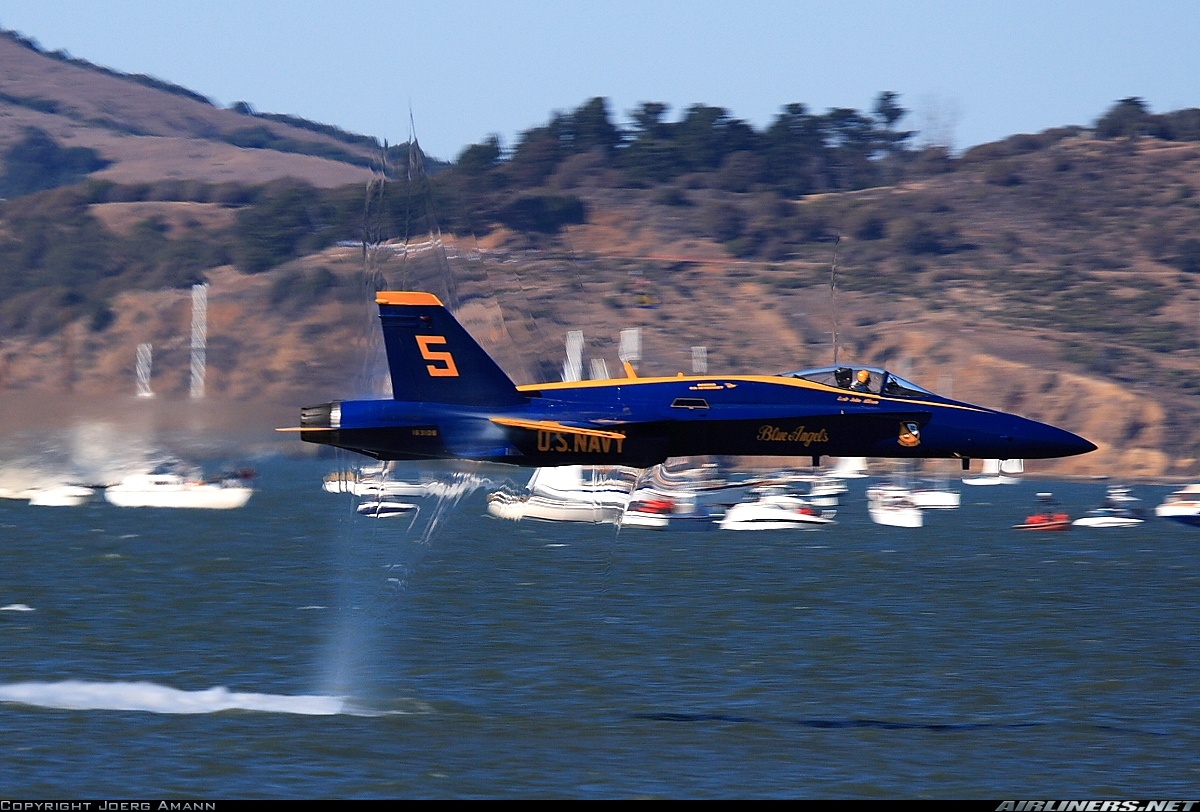 Optical distortions caused by shocks with large density gradients
Optical distortions caused by shocks with large density gradients
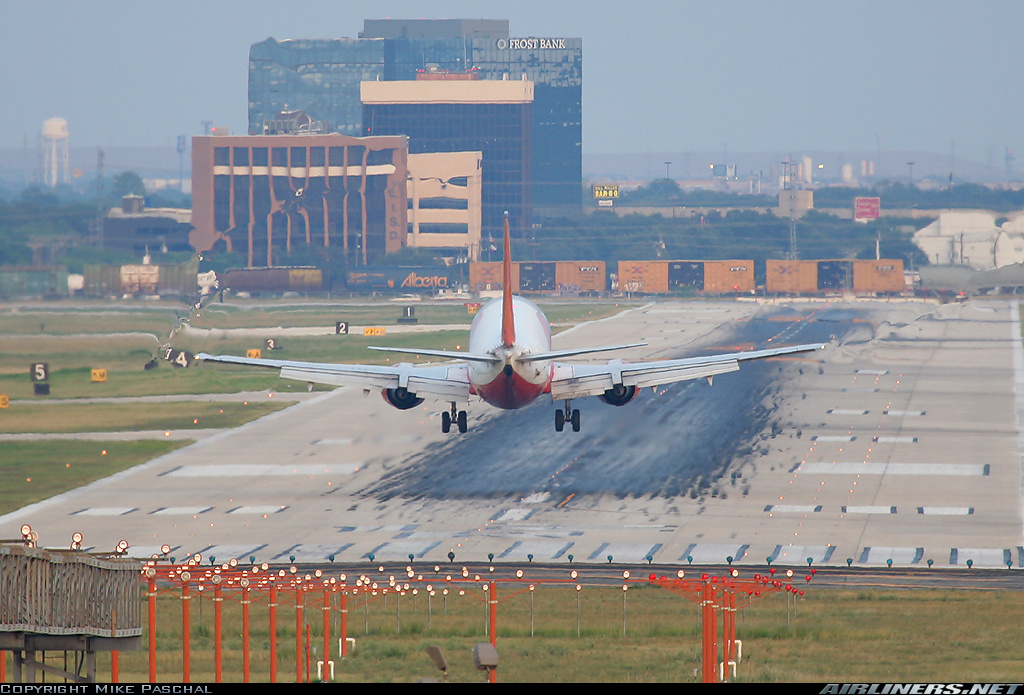 Image distortion of a background building due to a tip vortex off aircraft wing
Image distortion of a background building due to a tip vortex off aircraft wing
As a result, aero-optical effects might have significant detrimental effects on the focusability of a laser-based system or impose additional blurring on an airborne imaging system.

In recent years, with the significant advancements of both measurement techniques and numerical simulations, there has been significant progress made in properly quantifying and mitigating aero-optical effects. Yet, many challenges are still present. As aero-optical effects generally increase with the aircraft speed, it is particularly important that the scientific community study and mitigate their detrimental effects at supersonic and hypersonic speeds. The presence of shocks and other flow discontinuities in high-speed flows also creates challenges in properly quantifying the associated discontinues in wavefronts with existing wavefront sensors. Associated high frequencies of aero-optical distortions at high speeds render most existing adaptive-optic systems largely inefficient in the task of mitigating aero-optical effects. Finally, in addition to the direct influence of aero-optical effects on the outgoing laser beam, turbulent flows also typically impose unwanted mechanical motion of the optical components inside point-and-tracking systems via the aero-elastic mechanism, further deteriorating its performance.
Research Thrusts
Our Group is an indisputable world leader in investigating and mitigating aero-optical effects. We are heavily involved in many topics, mentioned above, which have both fundamental and applied importance. Specifically, we focus on these areas of research,
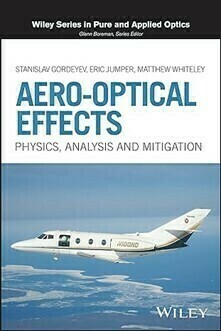
- Experimental characterization of aero-optical effects of fundamental and applied turbulent flows over a wide range of speeds, including hypersonic ones
- Quantification and mitigation of aero-optical and aero-mechanical jitter
- Novel experimental techniques and reconstruction algorithms to quantify aero-optical effects in the presence of shock-related and other discontinuities
- Image blurring due to aero-optical effects
- Novel approaches to mitigate aero-optical effects for airborne systems
- Mitigation techniques using flow control
- Effect of cooling over optical windows at high speeds on aero-optical performance
- Pointing and tracking performance in the presence of aero-optical effects
- Advancements in adaptive-optic systems to mitigate aero-optical effects
- Atmosphere-related optical distortions
In addition of doing ground breaking and innovate research, our graduate students attend and present their work at major conferences (AIAA, SPIE, APS) and publish several journal papers before graduating. In the last 5 years, our Group published 18 journal papers and presented 40 conference papers!
Our former graduate students currently have successful jobs in leading companies (Northrop Grumman, Raytheon, GE etc), government labs (Navy, Air Force) and academic institutions. Some of them got job offers before even defending their dissertations!
-
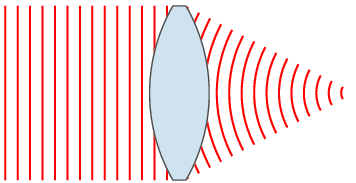
Wavefront Sensing
Wavefront sensing allows us to measure how light is aberrated. Wavefront measurements also allow us to learn physics of fluid flow.
-
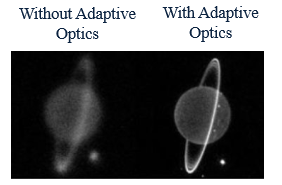
Adaptive Optics and beam correction systems
Adaptive Optics systems are used to correct aberrations on a beam or in an image. The Aero-Optics Group research helps create fast and accurate corrections systems.
-

Hypersonic Aero-Optics
The Aero-Optics Group has generated a physical understanding of a number of important subsonic and transonic aero-optical flows — including turbulent boundary layers, separated shear layers, and flow over optical turrets &mdash. Through numerical and experimental investigations they are expanding these theories to supersonic and hypersonic flow regimes.
-
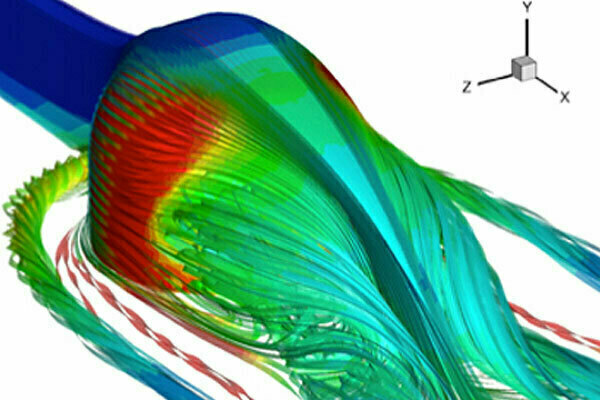
Hemispherical turret beam directors
Hemispherical turrets are a popular beam director design due to their high field of regard, as they can move to look in any direction. However, sticking this turret into the flow disturbs the flow considerably, creating complex flow structures which in turn distort the laser beam.
-
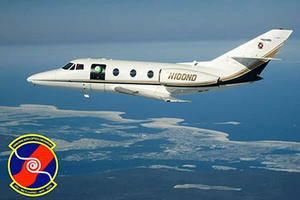
AAOL (2007-2022)
Airborne Aero-Optics Laboratory (AAOL)

